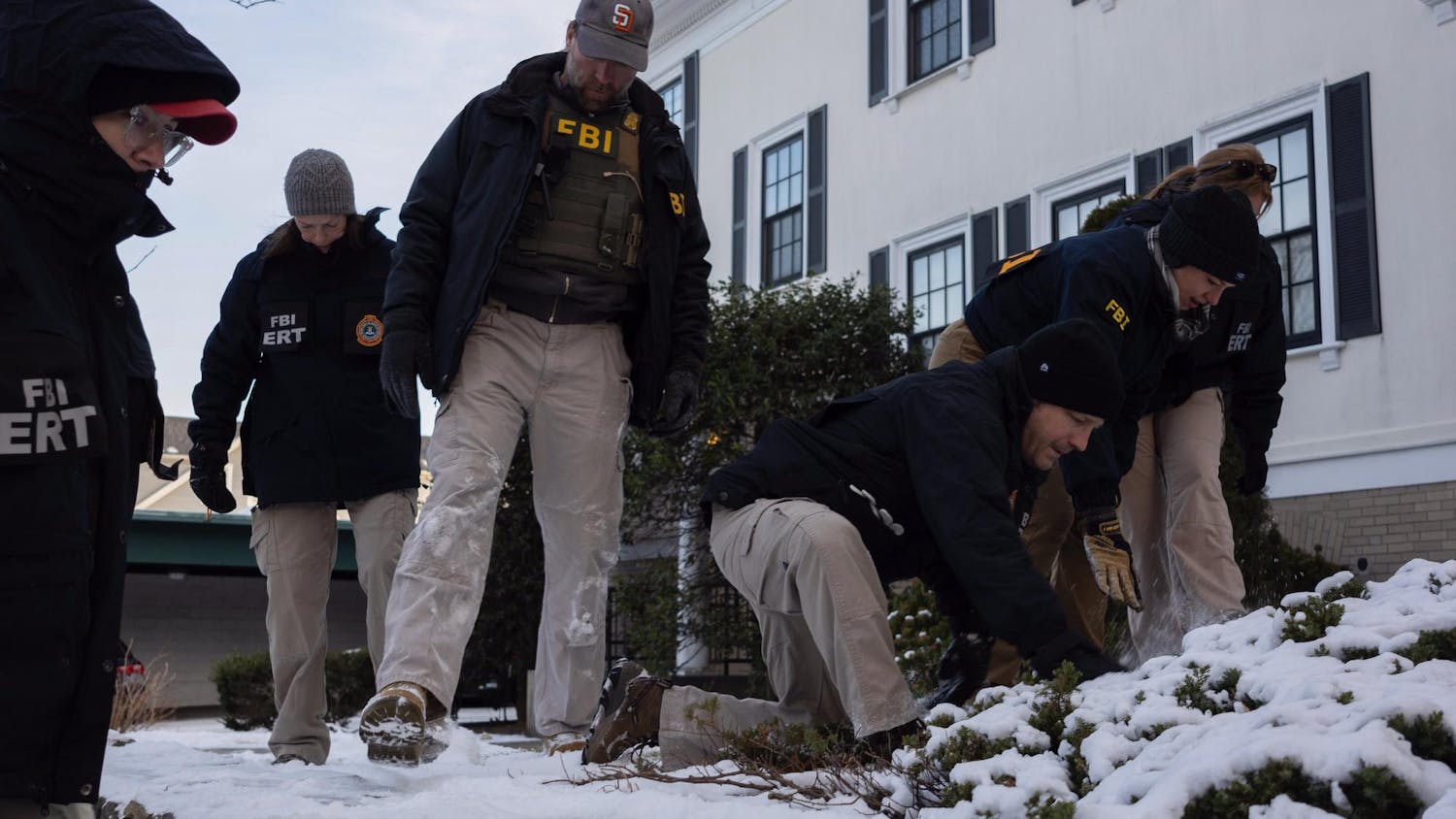Correction appended.
Providence Mayor Angel Taveras' request that Brown pay Providence an additional $5 million per year to help relieve the city's financial woes has sparked a public battle between the city and the University, with the mayor now threatening legal action.
In a Jan. 13 letter to the community, President Ruth Simmons wrote that the University offered to provide an additional $2 million per year for five years to support the city's school system in response to Taveras' request. But the mayor rejected the offer in a move Simmons called "surprising and disappointing" in her letter.
"There's nothing that's off the table," Taveras told The Herald. "We need to make sure everyone pays their fair share."
Taveras first approached Simmons last spring to ask that Brown consider contributing more to Providence, said Marisa Quinn, vice president for public affairs and University relations. Simmons told the mayor Brown was committed to Providence's success and wanted to explore ways to support the city that aligned with Brown's mission, Quinn said. Over the spring and summer, representatives from Brown and the mayor's office worked to identify opportunities for Brown to support Providence schools and to advance the city's economic development. They worked together to develop a proposal for the University's contribution, which has not yet reached the Corporation.
The Providence Journal reported Jan. 10 that a document showed Simmons and Taveras agreeing on a deal under which the University would pay the city an additional $4 million per year.
But Quinn said such a deal was never reached, let alone presented to the Corporation. "Anything of that magnitude of dollars had to have the approval of the Corporation" because of the way Brown is governed, Quinn said. Because the mayor wanted a response in January, the University offered the additional $2 million per year while it continued to work on other aspects of the proposal, she said.
Former Providence Mayor and current state Rep. David Cicilline '83, D-R.I., previously requested additional resources from Providence private colleges and universities, Quinn said. Under a 2003 agreement, Brown contributed $1.2 million to the city in 2011. The University makes additional voluntary payments of $1.27 million and pays another $1.6 million in taxes on property that is not used for educational purposes, like certain parking lots and many of its Jewelry District properties, Quinn said.
According to the Jan. 9 draft of the report by the city Commission on Revenue, Sustainability and Efficiency, nonprofit institutions like universities and hospitals benefit from city services and own 23 percent of the city's land. The commission estimates that nonprofits cost the city between $36.3 million and $41 million annually.
Payment in Lieu of Taxes agreements with the state help relieve the city of the financial burden. Dan Egan, president of the Association of Independent Colleges and Universities of Rhode Island, said the PILOT program was created to recognize the economic benefits that Providence's nonprofits provide the state. Most of the benefits are generated by the income tax on employee salaries, which goes to the state rather than the city, he said. The PILOT program's goal is to "recognize that discrepancy and funnel back some of that income tax" to the city, which has no income tax, Egan said.
Even with voluntary funding from the city's private colleges and universities, Providence is still struggling financially and needs more. City Councilman Sam Zurier, who sat on a subcommittee for tax-exempt nonprofit institutions, said the mayor needs an additional $7 million from the city's nonprofits to balance the budget.
Though the city's annual operating budget is more than $600 million, Zurier said the $2 million annual difference between what Brown offered to pay and what the city requested is significant. "If the city weren't in the middle of a crisis, we wouldn't be asking to do this," he said. "If (the University) wants to open their books and show us that they're on the edge of the cliff and about to go off, then that would be one thing."
But Quinn said the notion that the University has a huge endowment from which it can draw is a misperception. "There's a belief that somehow having the $2.5 billion endowment is like a rainy day fund," she said. Instead, the fund "is made up of funds provided by donors for specific purposes and is largely restricted," Quinn said, since the University can only draw from earnings on its endowment, not the principal.
Increasing direct cash payments in this economic climate is very difficult, Egan said, especially given the heightened need for financial aid among college students, which both he and Quinn stressed must be a priority for institutions of higher education.
But Taveras emphasized the need for both sides to make concessions.
"More than anything, it's important that everyone realize that sacrifice is necessary — Brown needs Providence, and Providence needs Brown," he said.
An earlier version of this article reported that Brown paid more than $2.4 million to the city last year under a 2003 agreement. The University actually contributed $1.2 million under the agreement and $1.27 million in additional voluntary payments. The Herald regrets the error.




